News
Unlocking the Power of Collaborative Platforms for Continuous Learning
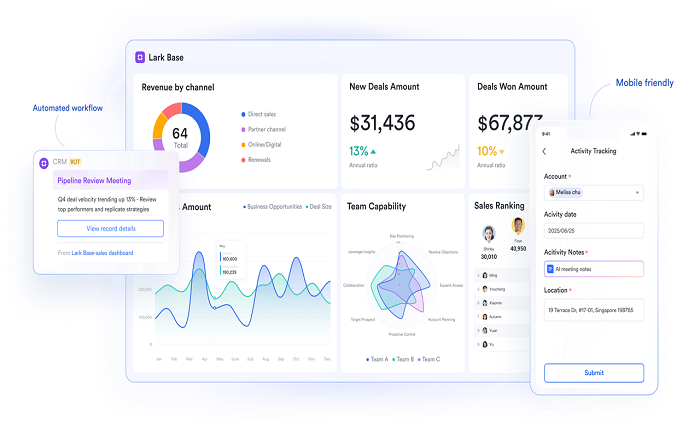
Continuous learning is no longer optional in today’s business landscape. Skills evolve quickly, processes adapt to new demands, and knowledge must flow across teams without interruption. Yet many organizations still depend on disjointed methods for training and knowledge-sharing, leaving employees to search across scattered systems for answers. This slows down learning and makes it harder for teams to adapt. To overcome these challenges, companies are embracing project management tools that unify communication, task execution, and documentation into a single environment.
By embedding learning into everyday work, these platforms ensure that knowledge is not an isolated activity but part of the rhythm of collaboration. Employees gain the ability to access guidance when they need it, share expertise in real time, and build on the lessons of others. Continuous learning then becomes a natural extension of daily operations rather than an occasional intervention.
Lark Base: Keeping projects anchored in reliable records
Sustained learning depends on structure, and Lark Base provides the foundation by centralizing information into flexible databases. Via Lark Base, you can build an internal repository or a CRM app that keeps training records, feedback, and development data accurate and accessible.
Teams use Base to capture course completions, track skill development, and link training modules to ongoing projects. Dashboards give managers visibility into where employees stand, while linked records connect learning outcomes to business objectives. Instead of knowledge being buried in disconnected files, Base ensures it is organized and available for everyone. This clarity transforms learning from an isolated activity into a visible driver of growth.
Lark Calendar: Structuring learning moments across teams
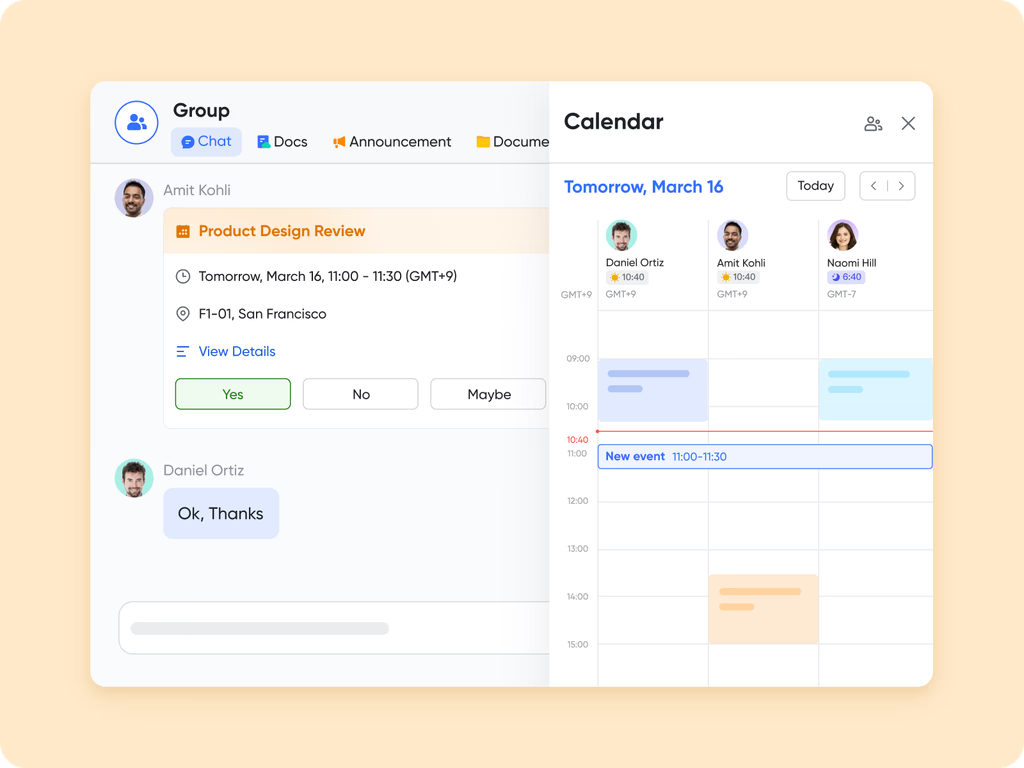
The most engaging learning occurs when it becomes part of the work cadence, and Lark Calendar helps to offer that achievement by designating when and how development activities happen. Training sessions, mentoring appointments, and peer-to-peer learning times can be placed on the calendar with little resistance and learning is sometimes left to chance.
Worldwide employees can participate in equally rolling time zone conversion automatically, and using automatic recurrence creates continuity for programs that occur regularly. Resources such as training documentation or case studies about the project can be attached to the event and employees can familiarize themselves in advance. By integrating these instances into the daily schedule, Calendar has ensured that continuous learning is not only a possibility but also a probability.
Lark Tasks: Driving accountability with automated workflows
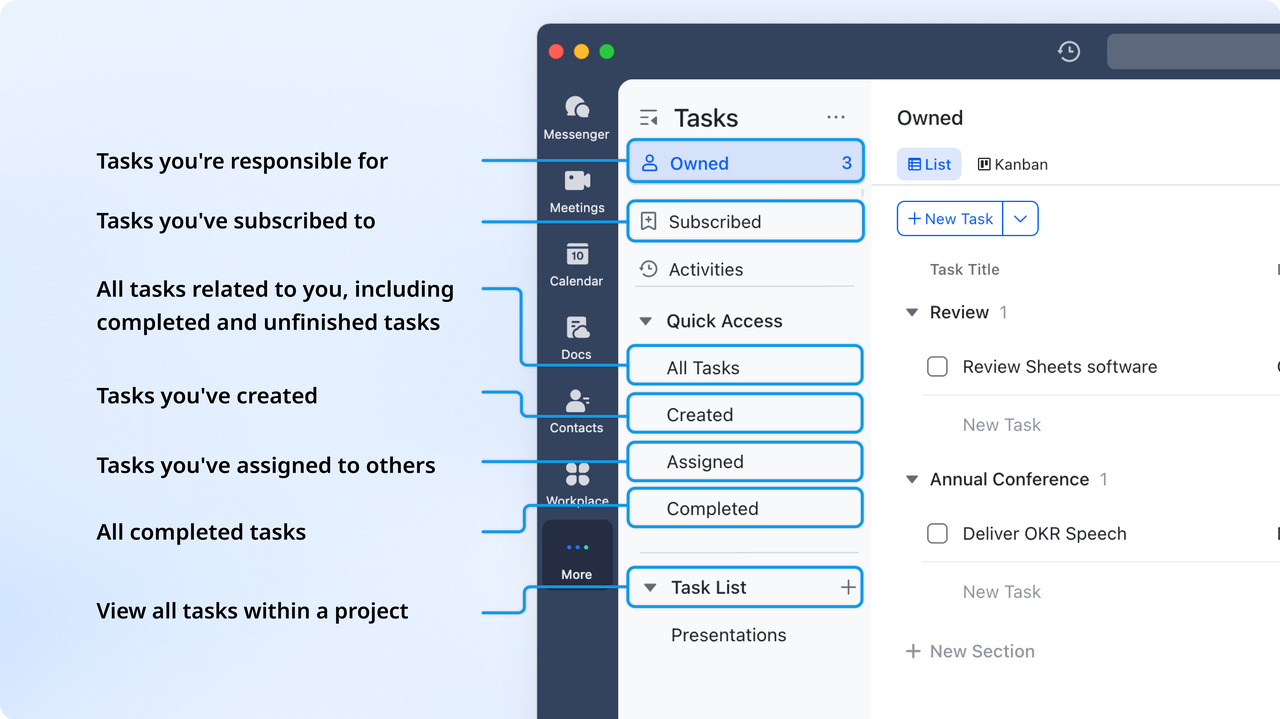
For continuous learning to succeed, participation and follow-through are essential. Lark Tasks ensures accountability by turning training requirements and development goals into visible responsibilities. Employees know what is expected, while managers have oversight of progress without constant manual tracking.
The platform supports an automated workflow that assigns learning modules, sends reminders, and updates completion records without intervention. Reusable task templates help manage recurring programs such as compliance training or quarterly development plans. Dashboards highlight which activities are complete and where attention is needed, ensuring that learning initiatives move forward smoothly. This automation embeds consistency into the process, freeing employees to focus on applying what they’ve learned.
Lark Sheets: Measuring the impact of learning initiatives
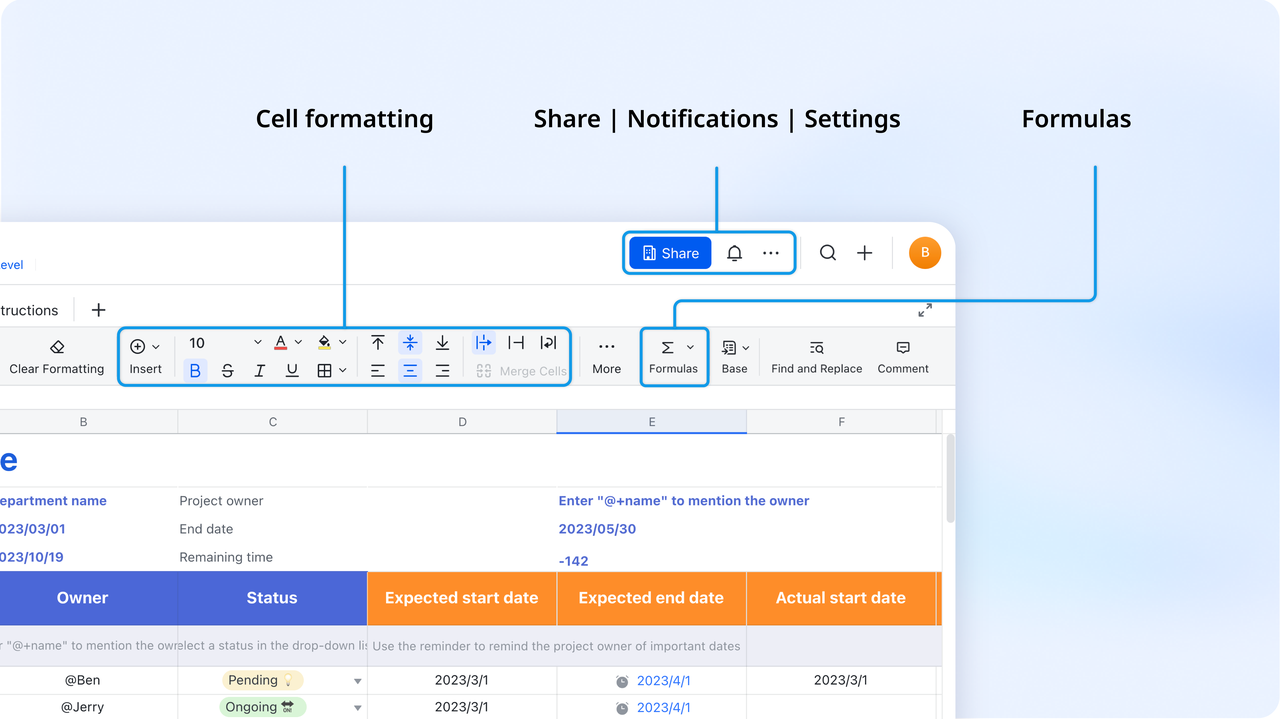
Continuous learning is valuable only when its impact can be measured. Lark Sheets provides a live, collaborative space where training outcomes, skill development, and employee feedback can be tracked in real time. Instead of compiling reports manually, teams rely on accurate data that updates automatically.
Performance indicators such as participation rates, assessment scores, or progress against skill goals can be recorded and visualized in dashboards. Teams can analyze this data together without version conflicts, ensuring alignment on results. Automated updates ensure accuracy while reducing the administrative burden of reporting. Sheets transforms learning from a vague initiative into a measurable process that demonstrates real business value.
Lark Wiki: Preserving and sharing institutional knowledge
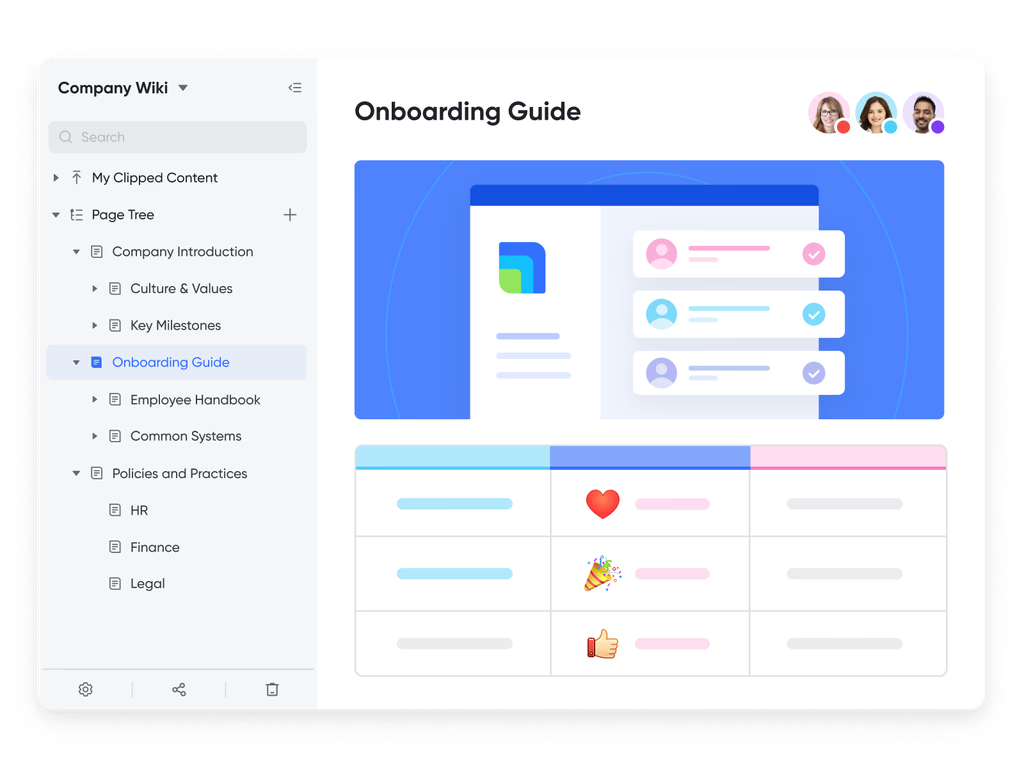
Learning isn’t just about formal training; it’s about collecting the insights surfaced through work. Lark Wiki guarantees that institutional knowledge is available and accessible to all employees. Teams can frequently and easily refer to a central repository of best practices, process guides, and lessons learned instead of answering the same questions repeatedly.
Pages can be collaboratively updated to provide the freshest content so that employees always have current information at their fingertips. Links to Wiki pages can also be included in Messenger or attached to tasks, enabling knowledge to be embedded directly into the workflow. This provides an avenue for a self-propagating cycle of learning, as insights discovered in a project are of benefit to the entire organization.
Lark Mail: Extending learning through external communication
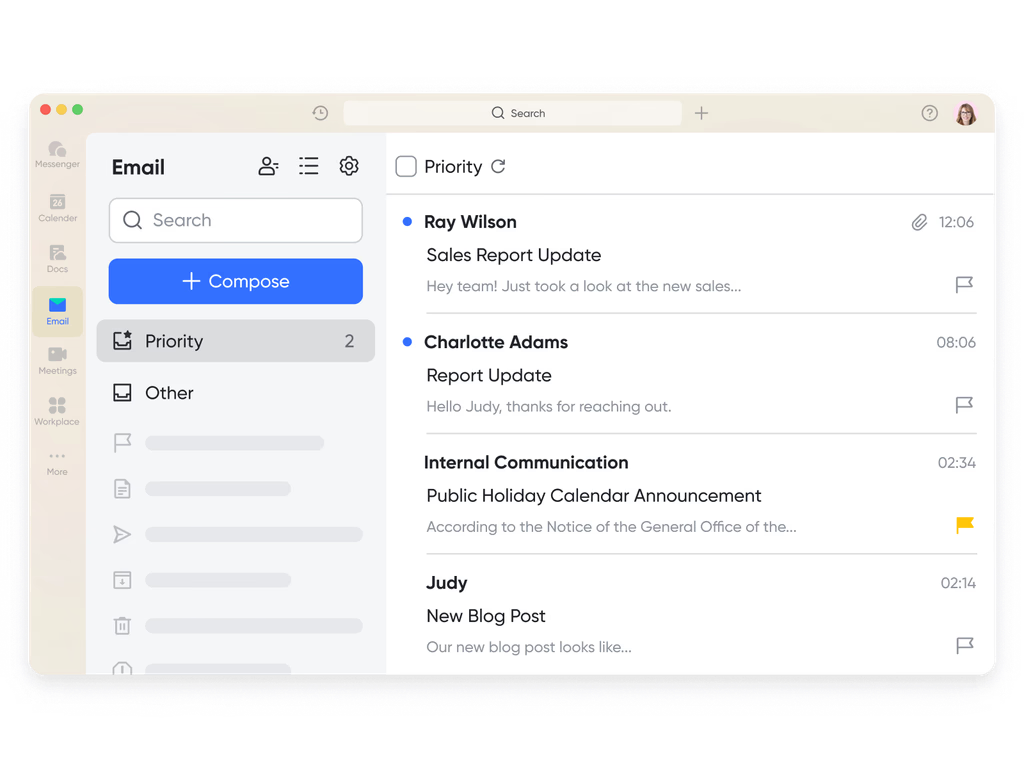
A significant part of learning comes from external sources such as customer feedback, partner input, or regulatory updates. Lark Mail helps bring this knowledge into the organization by connecting external communication with internal learning systems. Instead of isolating emails, Mail ensures that valuable insights are linked to ongoing training and development efforts.
Shared inboxes make it possible to manage knowledge collectively, while smart filtering highlights emails that carry important lessons or updates. Messages can be linked directly to tasks in Base or learning initiatives in Wiki, ensuring external insights feed directly into continuous improvement. By bridging external and internal knowledge, Mail makes learning a connected and ongoing process.
Conclusion
In our digital era, continuous learning is the basis of adaptability, and can only be fulfilled with an ecosystem of connected systems. Base futuristic learning records, Calendar layering development into schedules, Tasks keep Dave accountable, Sheets evaluate outcomes, Wiki preserves knowledge, and Mail validates external information connections. Lark is enabling an environment in which learning is not a disruption, but a constant.
By making knowledge a living, functional element of work, organizations are placing the onus on employees to develop while using their skills and advancing organizational objectives. In turn, a collaborative culture is created where learning leads to performance, and performance reinforces learning. In a world entirely oriented around change, collaborative platforms are the foundational basis on which organizations can respond to stay competitive, resilient, and skull-ready to face the future.




